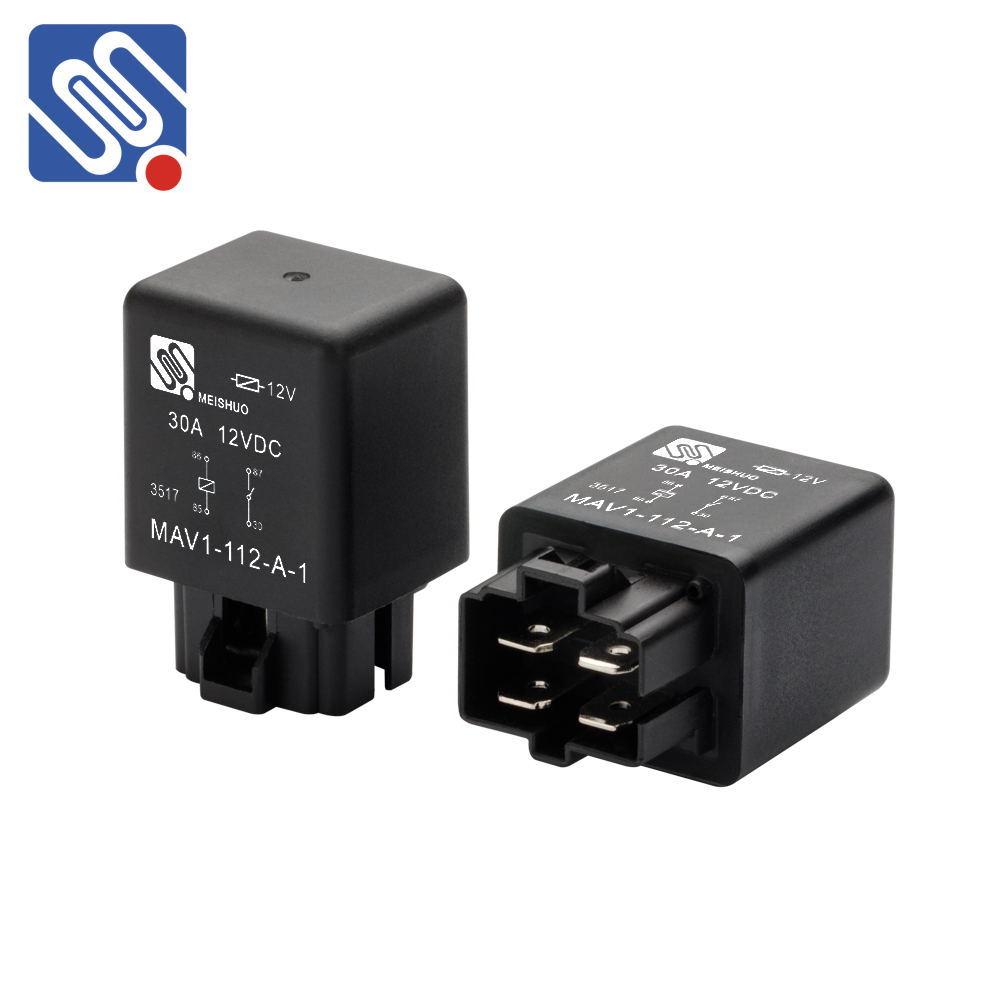Relays are fundamental components used in electrical circuits to control the flow of electricity. They operate as electrically operated switches and are essential in applications ranging from automotive systems to industrial machinery. Understanding the specifications of different relay types is crucial for selecting the right relay for specific tasks. In this article, we will compare the specifications of several common relay types to provide a clear understanding of their functions, advantages, and applications.

1. Basic Relay Specifications Before diving into specific relay types, it’s essential to understand the key specifications that define the performance of a relay. These specifications include: Coil Voltage: This is the voltage required to energize the relay coil and activate the switch. Common coil voltages include 5V, 12V, and 24V, but relays are available in a wide range of voltages to suit different applications. Contact Rating: This specification defines the maximum current and voltage that the relay’s contacts can handle when closed. It includes both the AC (alternating current) and DC (direct current) ratings, and is crucial for ensuring that the relay can safely carry the load.
Leave a Reply
You must be logged in to post a comment.